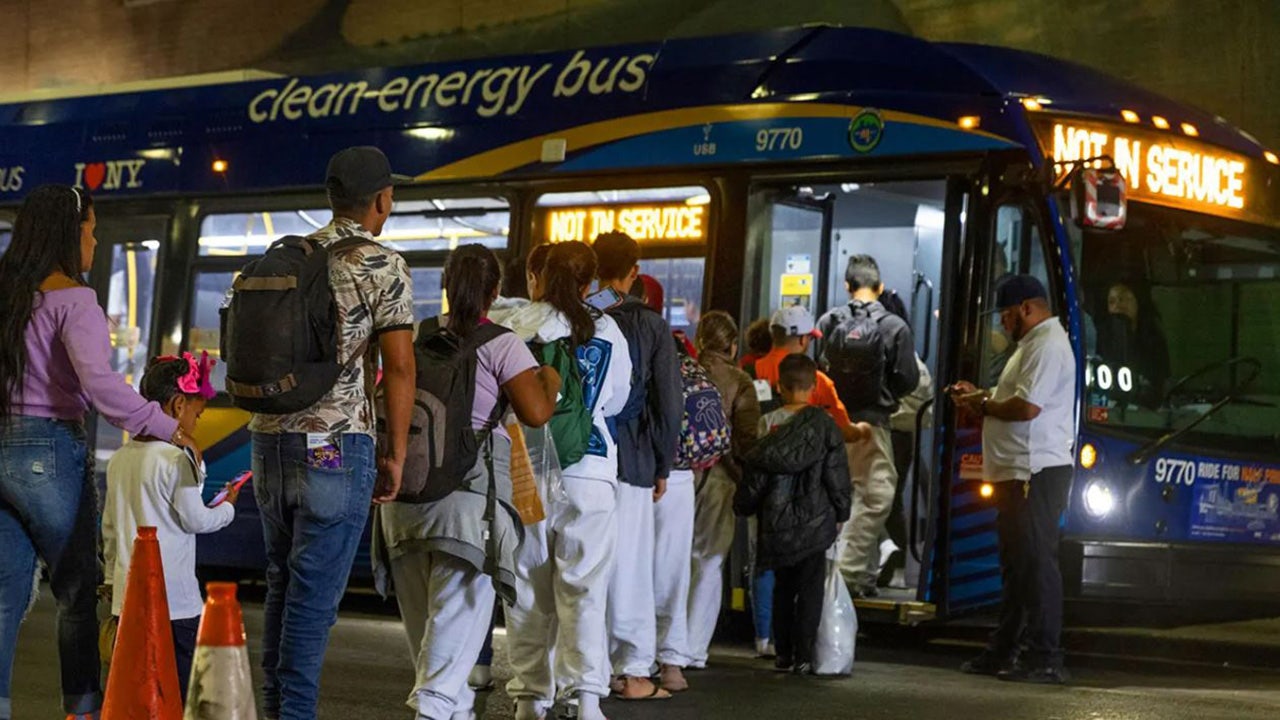Two of South Carolina’s largest electric utilities are considering working together to build a Lowcountry plant that runs on natural gas as they look to cut their use of coal while maintaining system reliability.
State-owned Santee Cooper and investor-owned Dominion Energy are looking to combine resources and capabilities to construct a new generator that would produce enough power to run as many as 520,000 homes.
The would-be partnership emerged after Central Electric Power Cooperative, which represents mostly rural providers, was asked to collaborate on a new plant near Georgetown. The Columbia-based group declined, citing concerns about the need to build a pipeline to deliver fuel to the site, which currently houses Santee Cooper’s Winyah Generating Station.
Santee Cooper then decided to move the proposed project to an undisclosed area of rural Hampton County. Meanwhile, Dominion has identified a separate site near Canadys in nearby Colleton County — already home to an existing coal-fired power station it owns — as a possible location.
“We have yet to make a final decision,” said Mollie Gore, director of corporate communications for Santee Cooper.
The Moncks Corner-based public power provider turned to Dominion as “a natural choice” to collaborate with on the Lowcountry development, she added, noting that they already coordinate transmission planning.
Also, they co-own the V.C. Summer Nuclear Station in the Midlands.
Dominion spokeswoman Rhonda O’Banion said a combined effort would improve the planning and cost-effectiveness of the project.
Santee Cooper has delayed by three years the planned shutdown of all of the coal-fired units at its Winyah Generating Station in Georgetown County. File/John McDermott/Staff
The two utilities plan to retire three coal-fired generating units to help them meet federal environmental goals by 2050.
Dominion Energy has plans to shutter and replace its Wateree Station near Eastover in Richland County by the end of 2028 and the Williams Station in Goose Creek by the end of 2030.
Santee Cooper recently decided to extend the life of its coastal Winyah plant by three years to 2030, in part to buy the time it will need to obtain approvals for the new project.
The utilities are called for the replacement of coal-fired generation with a large gas plant in their latest “integrated resource plans” — roadmaps outlining how they will meet their energy needs over the next 15 years.
Santee Cooper filed its proposal with state regulators in May — about four months after Dominion — and it doesn’t expect a decision about its proposed until at least March. It also has set 2031 as the tentative target date for bringing the new unit online.
Both utilities will need to demonstrate to regulators that investing a new gas plant is more cost-effective and lower risk than the alternatives.
It could be some time before the new plant delivers power to the system.
The regulatory process begins once the S.C. Public Service Commission approves the two resource plans.

Santee Cooper has delayed by three years the planned shutdown of all of the coal-fired units at its Winyah Generating Station in Georgetown County. File/John McDermott/Staff
Timing is an issue as the state’s population and economy continue to grow, said Eddy Moore, senior program director at the Charleston-based Coastal Conservation League.
“We need to have a plan and maintain reliability here in South Carolina,” he said.
At the same time, environmental and economic concerns need to be considered, he added.
For example, by building a “baseload” plant that operates around the clock Santee Cooper and Dominion are “making a bigger bet on the future price of natural gas,” he said.
Moore said there is some misunderstanding among policymakers that environmentalists are asking for a plan that doesn’t include a gas-fired generator.
“It is not absolutely clear that they shouldn’t,” said Moore, who questioned the size of the plant.
Also, he said that neither Santee Cooper nor Dominion Energy’s proposed resource plans factor in proposed carbon-reduction rules from the U.S. Environmental Protection Agency for new and existing power plants.
“The EPA rules say you have to do very expensive things if you have a baseload unit,” Moore said.
Both resource plans also include the use of alternative energy sources in the future, such as battery storage technology and adding more solar power to the grid.
Emma Clancy, an attorney at the Southern Environmental Law Center, offered a reminder of the costly decision by Santee Cooper and the former South Carolina Electric & Gas, now part of Dominion, to abandon the problem-plagued V.C. Summer expansion in mid-2017 after investing more than $9 billion in the failed Fairfield County project.
“South Carolina ratepayers have learned the hard way what happens when these utilities rush into a massive capital investment without considering cleaner, cheaper alternatives,” she said.






























